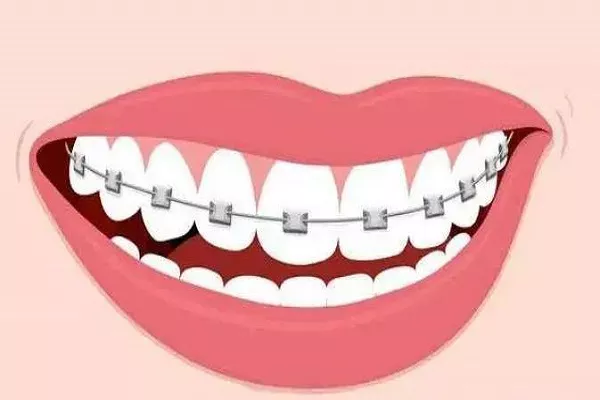Dental insurance plans can be a helpful tool in offsetting the cost of orthodontic treatment. However, not all dental plans cover orthodontics and those that do may have specific requirements and limitations. Here is a general overview of what dental plans cover orthodontics.
Most dental plans that cover orthodontics are known as “comprehensive” plans, which typically cover a range of dental services beyond just preventative care. These plans may cover a portion of the cost of orthodontic treatment, usually up to a certain dollar amount or percentage of the total cost.
It’s important to note that many dental plans have waiting periods before orthodontic coverage kicks in, typically ranging from 6 months to a year. Additionally, some plans may have age limits or require a pre-authorization before treatment can begin.
The amount of coverage for orthodontic treatment can vary widely between plans, but typically covers traditional braces and other similar treatments. However, more advanced treatments like Invisalign may not be covered, or may have limited coverage.
To determine what dental plans cover orthodontics, it’s important to review the specific benefits of each plan. This information can usually be found in the plan’s summary of benefits or by contacting the insurance provider directly. It’s also important to consider the overall cost of the plan and the amount of coverage provided for other dental services.
If you are considering orthodontic treatment, it’s important to factor in the cost of the treatment and the amount of coverage provided by your dental plan. Consulting with an orthodontist and your dental insurance provider can help you understand your options and make an informed decision about your treatment.
































